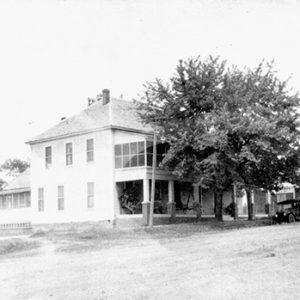 Grandview Hotel
Grandview Hotel
Time Period: Early Twentieth Century (1901 - 1940)
 Grandview Hotel
Grandview Hotel
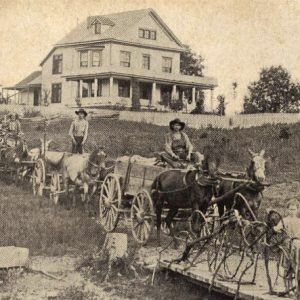 Grannis Fruit
Grannis Fruit
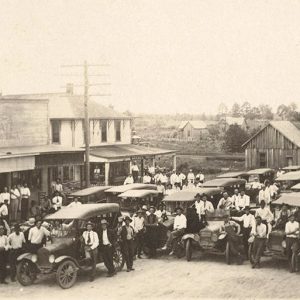 Grannis Street Scene
Grannis Street Scene
 Granny Harris
Granny Harris
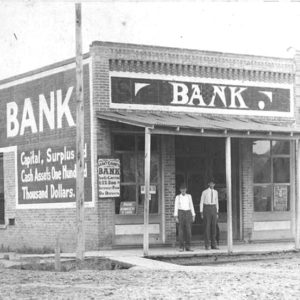 Grant County Bank
Grant County Bank
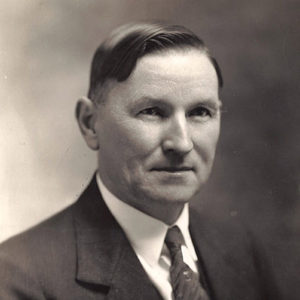 James R. Grant
James R. Grant
 James R. Grant
James R. Grant
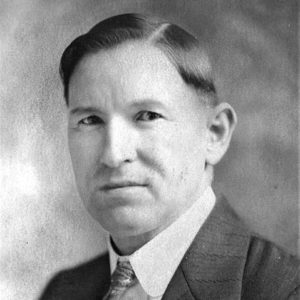 James R. Grant
James R. Grant
Grant, James Richard (J. R.)
 Grapette Brochure
Grapette Brochure
 Grapette Delivery Truck
Grapette Delivery Truck
Grapette International, Inc.
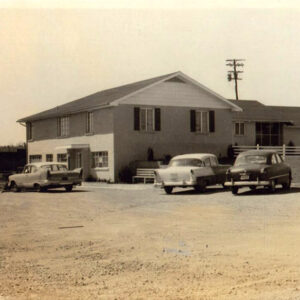 Grasse Clinic
Grasse Clinic
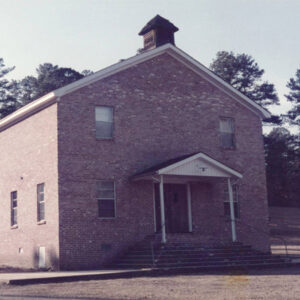 Gravel Hill Church
Gravel Hill Church
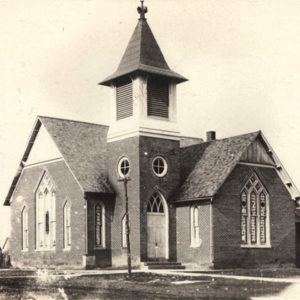 Gravette Church
Gravette Church
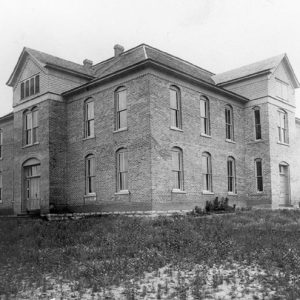 Gravette High School
Gravette High School
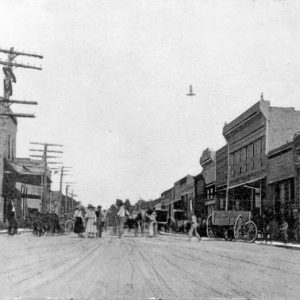 Gravette Main Street
Gravette Main Street
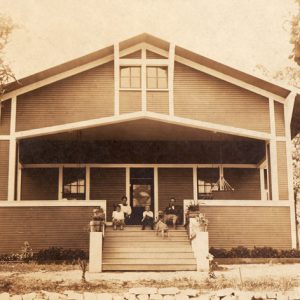 Grayson House
Grayson House
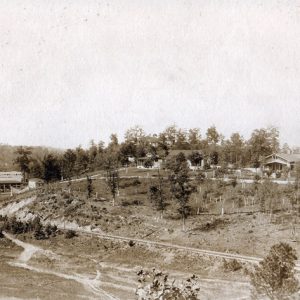 Graysonia; circa 1912
Graysonia; circa 1912
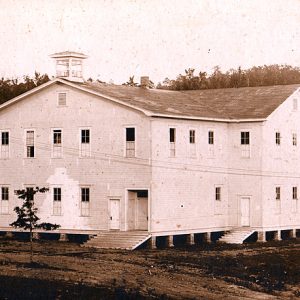 Graysonia School
Graysonia School
 Graysonia
Graysonia
Graysonia (Clark County)
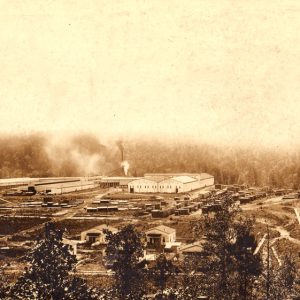 Graysonia Timber Mill
Graysonia Timber Mill
Great Southern Hotel
 Greek Amphitheatre
Greek Amphitheatre
Greek Amphitheatre (Magnolia)
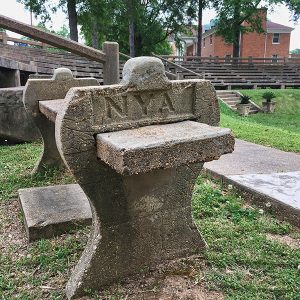 Greek Amphitheatre Bench
Greek Amphitheatre Bench
 Greek Amphitheatre Entrance
Greek Amphitheatre Entrance
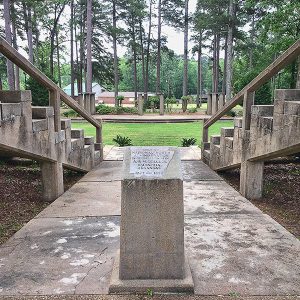 Greek Amphitheatre Marker
Greek Amphitheatre Marker
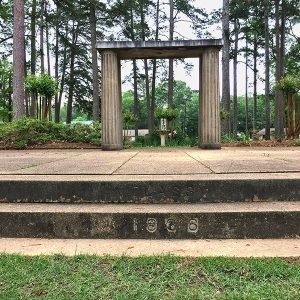 Greek Columns
Greek Columns
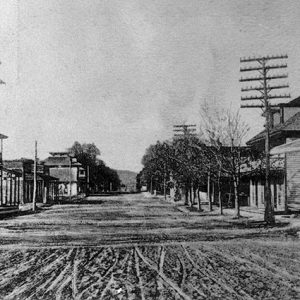 Green Forest; 1907
Green Forest; 1907
 Green Forest Tornado
Green Forest Tornado
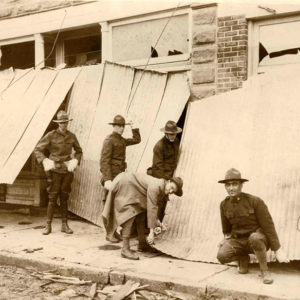 Green Forest Tornado
Green Forest Tornado
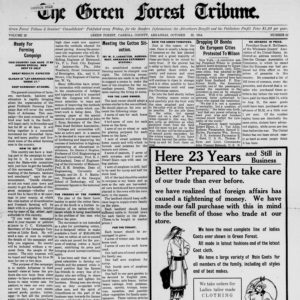 Green Forest Tribune
Green Forest Tribune
Green Forest Tribune
Green Forest Water Tower
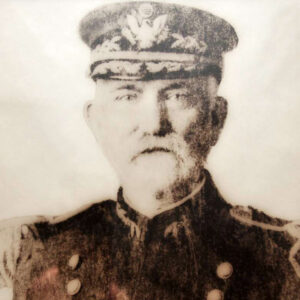 Benjamin W. Green
Benjamin W. Green
Green, Crane (Lynching of)
Green, Steve
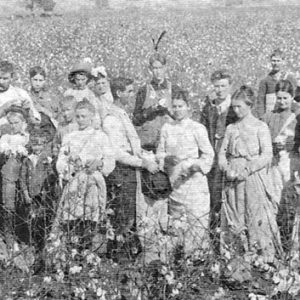 Greenbrier Bottoms Cotton Pickers
Greenbrier Bottoms Cotton Pickers
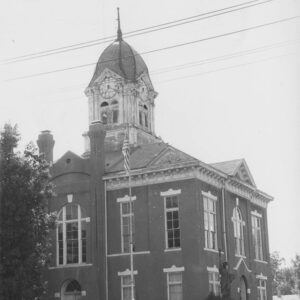 Greene County Courthouse (1888)
Greene County Courthouse (1888)
Greene County Museum
 Bette Greene Family
Bette Greene Family
Greenhaw, Karl
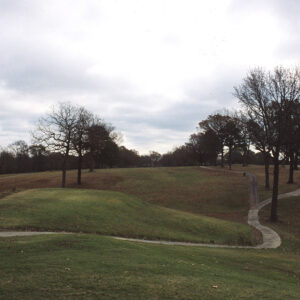 Greens at North Hills
Greens at North Hills
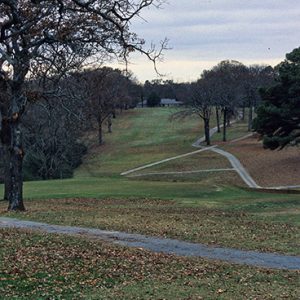 Greens at North Hills
Greens at North Hills
Greens at North Hills
aka: Sylvan Hills Country Club Golf Course
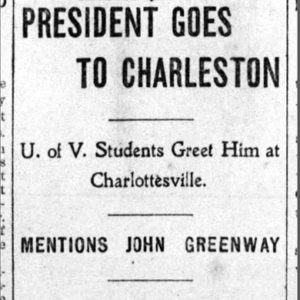 Greenway Rough Riders Mention
Greenway Rough Riders Mention
Greenway, John Campbell
 Greenwood Depot
Greenwood Depot




